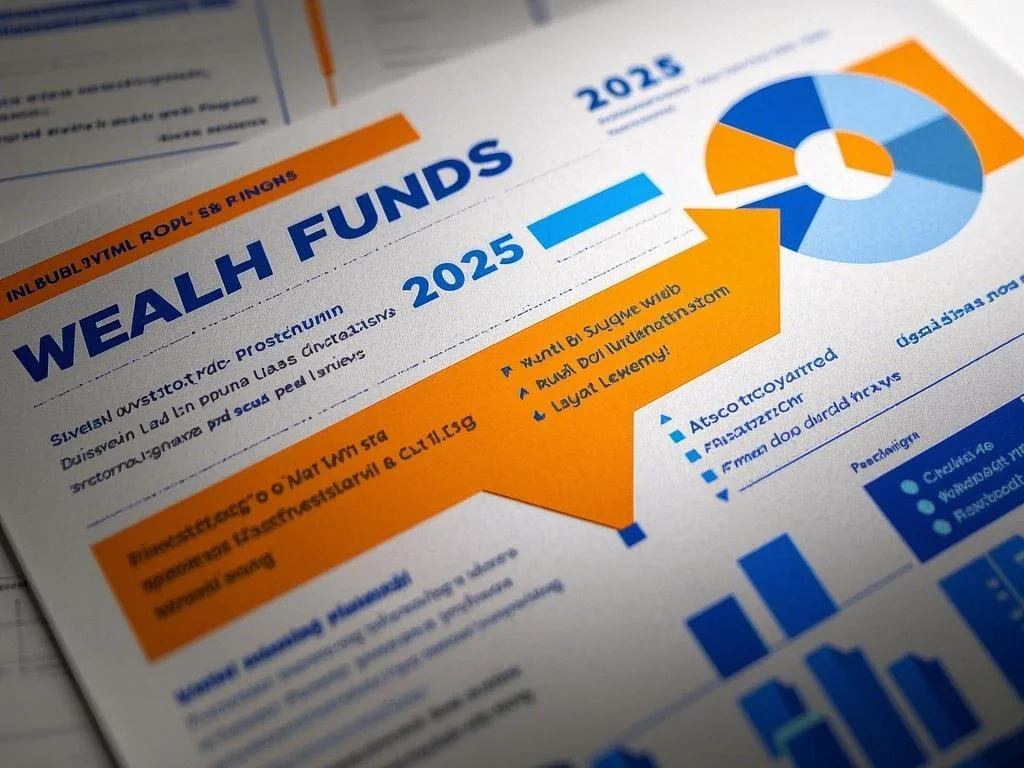Treasury bonds, often referred to as T-bonds, are one of the safest and most reliable investment options available. Issued by the U.S. government, these bonds are backed by the full faith and credit of the United States, making them virtually risk-free in terms of default. While they may not offer the high returns of riskier investments, Treasury bonds provide stability, predictable income, and a hedge against market volatility. In this article, we’ll explore what Treasury bonds are, why they’re worth investing in, and how they can fit into a diversified investment strategy.
What Are Treasury Bonds?
Treasury bonds are long-term debt securities issued by the U.S. Department of the Treasury to fund government operations and pay down existing debt. They have maturities ranging from 10 to 30 years and pay interest every six months until they mature. At maturity, the bondholder receives the face value of the bond, also known as the principal.
One of the key features of Treasury bonds is their safety. Because they are backed by the U.S. government, they are considered one of the safest investments in the world. This makes them an attractive option for conservative investors seeking to preserve capital and generate steady income. Additionally, Treasury bonds are highly liquid, meaning they can be easily bought and sold in the secondary market.

Why Invest in Treasury Bonds?
Investing in Treasury bonds offers several benefits, including safety, predictable income, and diversification. Here’s a closer look at why Treasury bonds are worth considering for your portfolio:
Safety and Stability
The primary reason investors choose Treasury bonds is their safety. Unlike corporate bonds, which carry the risk of default, Treasury bonds are backed by the U.S. government, making them virtually risk-free. This makes them an ideal choice for conservative investors, retirees, and those looking to preserve capital.
In times of economic uncertainty or market volatility, Treasury bonds often perform well as investors flock to safe-haven assets. This can provide stability to your portfolio and help offset losses in riskier investments, such as stocks or high-yield bonds.
Predictable Income
Treasury bonds provide a predictable stream of income through regular interest payments, known as coupon payments. These payments are made every six months and are based on the bond’s fixed interest rate. For investors seeking steady income, Treasury bonds can be a reliable source of cash flow.
Additionally, Treasury bonds are exempt from state and local taxes, making them a tax-efficient investment option. While they are subject to federal taxes, the tax advantages can enhance their overall return, especially for investors in high-tax states.
Diversification
Treasury bonds can play a valuable role in diversifying your investment portfolio. Because they have a low correlation with other asset classes, such as stocks and corporate bonds, they can help reduce overall portfolio risk. For example, during periods of stock market declines, Treasury bonds often perform well, providing a cushion against losses.
By including Treasury bonds in your portfolio, you can achieve a balance between risk and return, ensuring that your investments are well-positioned to weather market fluctuations.
How to Invest in Treasury Bonds
Investing in Treasury bonds is straightforward, but it’s important to understand the different options available and how they fit into your overall investment strategy. Here’s a step-by-step guide to help you get started:
Choose the Right Type of Treasury Security
The U.S. Treasury offers several types of securities, including Treasury bills (T-bills), Treasury notes (T-notes), and Treasury bonds (T-bonds). Each type has different maturities and interest payment structures:
- Treasury Bills (T-bills): Short-term securities with maturities of one year or less. They are sold at a discount and do not pay regular interest.
- Treasury Notes (T-notes): Medium-term securities with maturities ranging from 2 to 10 years. They pay interest every six months.
- Treasury Bonds (T-bonds): Long-term securities with maturities of 10 to 30 years. They pay interest every six months.
For investors seeking long-term stability and predictable income, Treasury bonds are often the best choice. However, T-notes and T-bills can also be valuable additions to a diversified portfolio, depending on your investment goals and time horizon.
Purchase Treasury Bonds
You can purchase Treasury bonds directly from the U.S. Treasury through its TreasuryDirect website or through a broker. Buying directly from the Treasury is often the most cost-effective option, as it eliminates brokerage fees. However, purchasing through a broker can provide additional convenience and access to the secondary market, where you can buy and sell bonds before they mature.
When purchasing Treasury bonds, consider factors like the bond’s yield, maturity, and interest rate. These factors will determine the bond’s income potential and how it fits into your overall investment strategy.
Monitor Your Investments
Once you’ve invested in Treasury bonds, it’s important to monitor your holdings and stay informed about changes in interest rates and economic conditions. While Treasury bonds are low-risk investments, their prices can fluctuate in response to changes in interest rates. For example, if interest rates rise, the price of existing bonds may fall, and vice versa.
By staying informed and regularly reviewing your portfolio, you can make informed decisions about when to buy, hold, or sell your Treasury bonds.
Risks of Investing in Treasury Bonds
While Treasury bonds are considered one of the safest investments, they are not without risks. Here are some of the key risks to be aware of:
Interest Rate Risk
Interest rate risk is the primary risk associated with Treasury bonds. When interest rates rise, the price of existing bonds typically falls, as new bonds are issued with higher yields. This can result in capital losses if you need to sell your bonds before they mature. However, if you hold the bonds to maturity, you will receive the full face value, regardless of interest rate changes.
Inflation Risk
Inflation risk refers to the possibility that rising inflation will erode the purchasing power of your bond’s interest payments. While Treasury bonds provide predictable income, their fixed interest payments may not keep pace with inflation over time. To mitigate this risk, consider investing in Treasury Inflation-Protected Securities (TIPS), which adjust their principal and interest payments based on inflation.
Final Thoughts
Investing in Treasury bonds offers a safe and reliable way to generate income and preserve capital. Whether you’re a conservative investor seeking stability or a diversified investor looking to balance risk and return, Treasury bonds can play a valuable role in your portfolio. By understanding the benefits and risks of Treasury bonds and incorporating them into a well-rounded investment strategy, you can achieve your financial goals and build long-term wealth.
As you explore the world of bond investing, consider how Treasury bonds can complement other fixed-income investments, such as investment grade bonds and corporate bonds. With their safety, predictable income, and diversification benefits, Treasury bonds are a cornerstone of any sound investment strategy.
